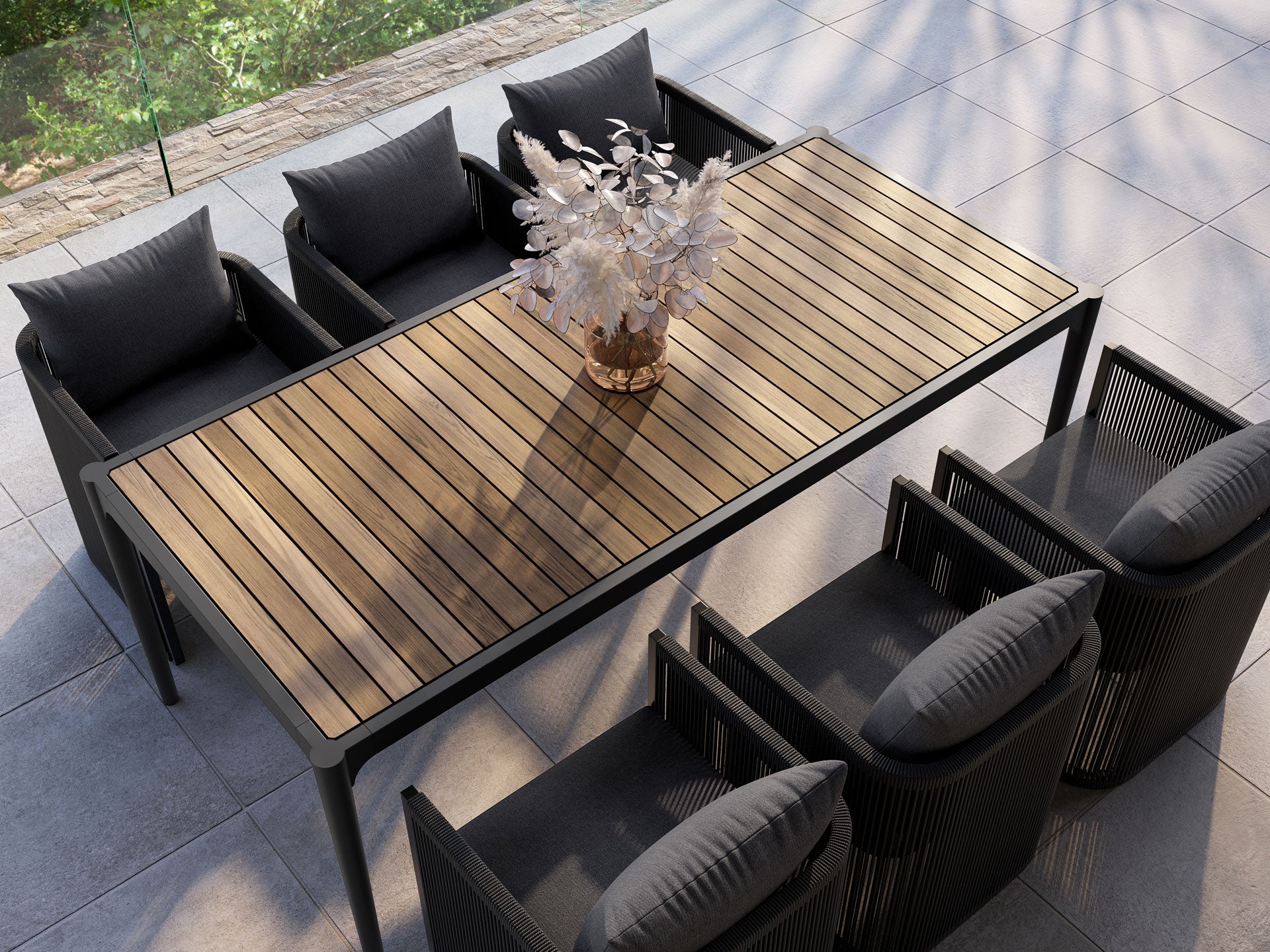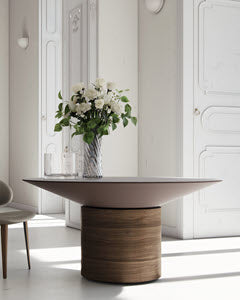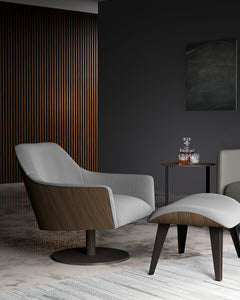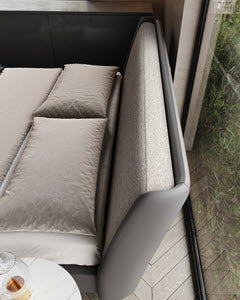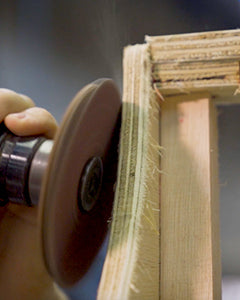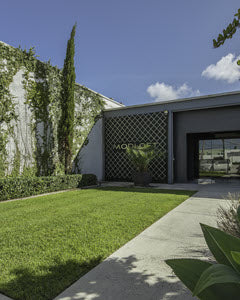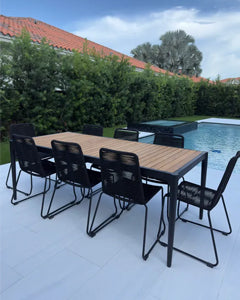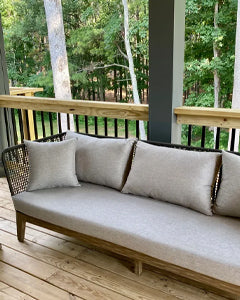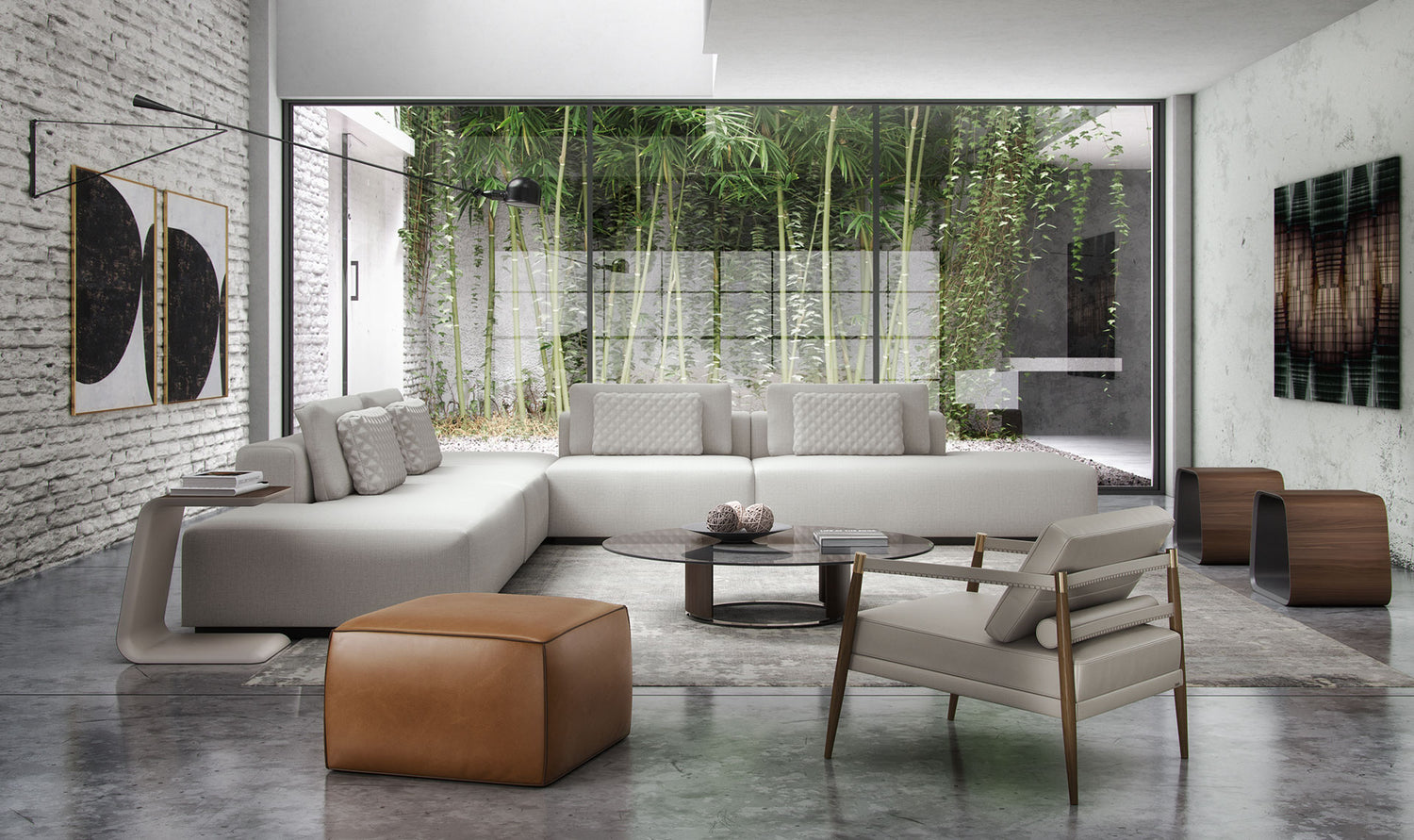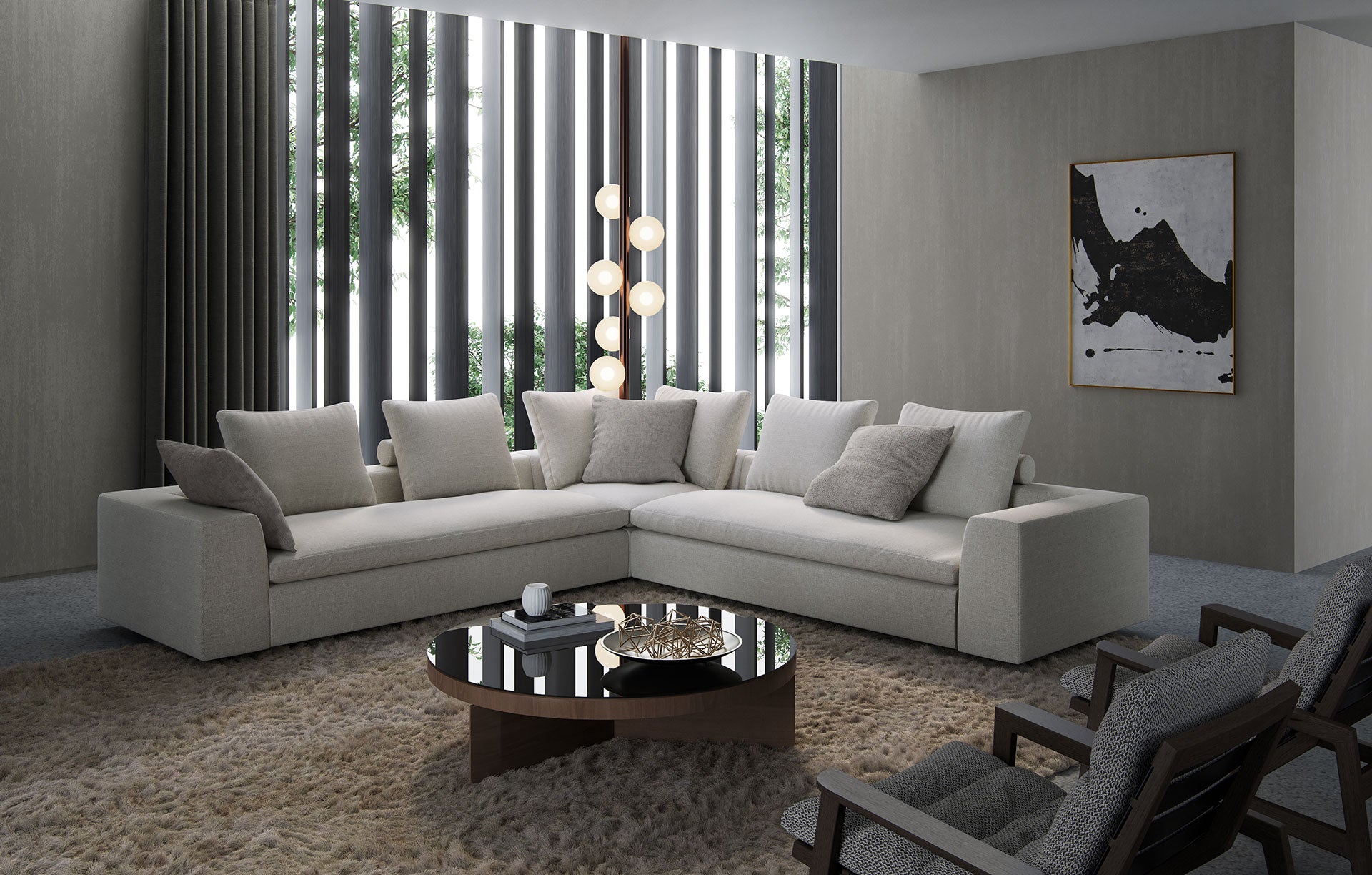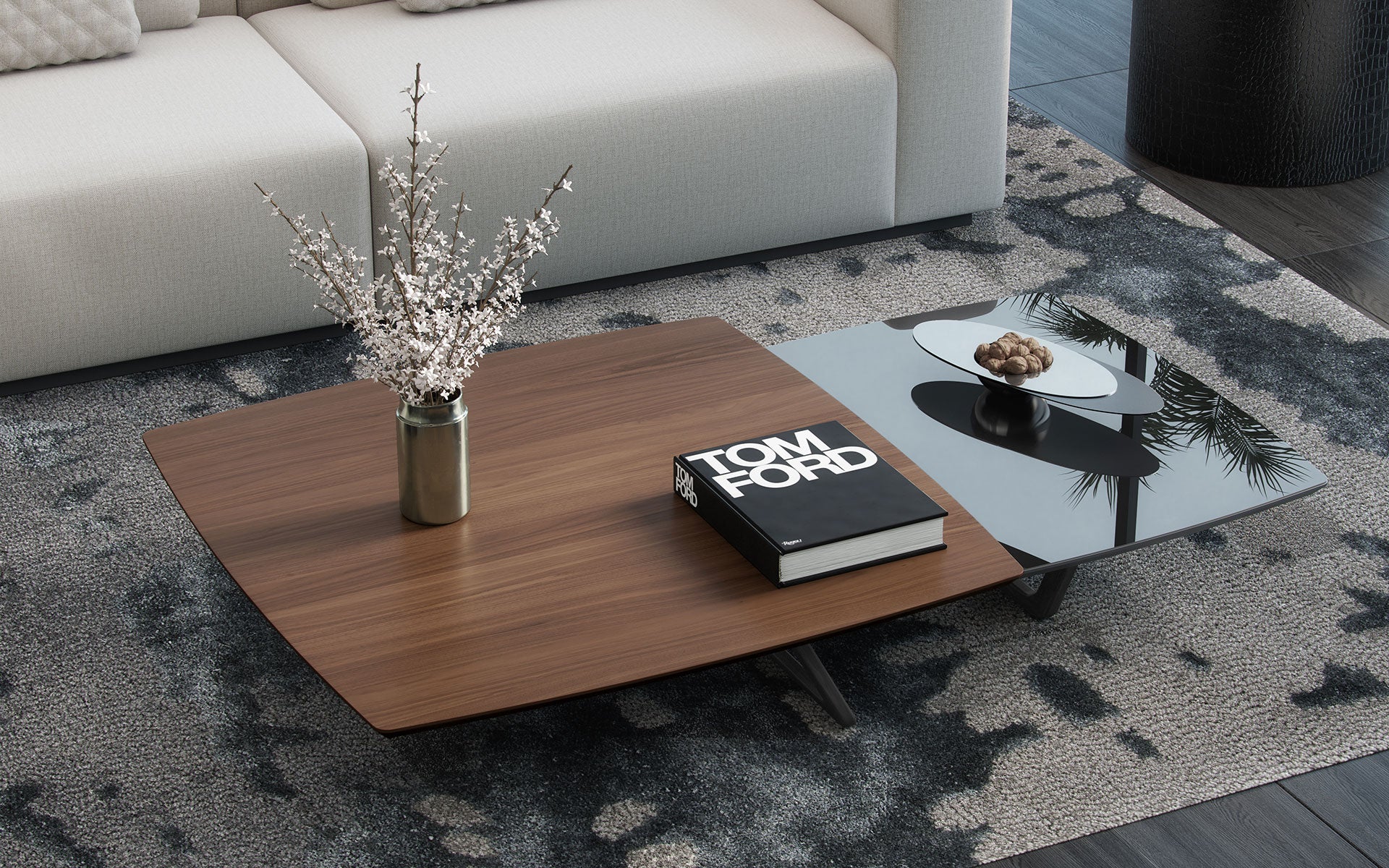Designing your main living space is an exciting challenge. You’ll need to consider what your basic living room needs are (seating, entertaining, media, etc.) and combine those with your stylistic tastes and goals.
It can be difficult to outfit a living room with the perfect balance of formality and comfort, but with a little effort, you can make light work of it.
Most living rooms will have either an ottoman or a coffee table, or perhaps a combination of both. To determine which you should use in your space, we’ll explore the pros and cons of each and explain how they can work in your living space.
Your Living Room: The Basics
Before you begin deciding between an ottoman and a coffee table, you’ll need to make sure you’ve checked off the basics. The ottoman and/or coffee table will be one of the final pieces of furniture you’ll likely add to your room.
Initially, you’ll likely outfit your room with a sofa or sectional, occasional tables, chairs, rugs, and any type of media you plan to use in the space, like a television or projection screen.
It’s important to set these foundational items in place so you can get a proper feel for your room and how much available space you have for either an ottoman or a coffee table.
If you are particularly limited on space, you may still be able to slide in a small ottoman or coffee table, but be aware there are suggested spacing guidelines to help make sure the piece fits comfortably.
Once the pillars of your room have been constructed, you can begin to decide whether an ottoman or a coffee table is right for your space.
The Case for Coffee Tables
Coffee tables are the traditional living space pieces that date back centuries. Throughout antiquity, coffee tables have served as a formal table that helps delineate a living room or parlor from other seated areas of the home, like an office or a library.
Coffee tables sit low to the ground and cannot be used as a dining table unless your guests don’t mind sitting on the floor. Coffee tables can have multiple uses but mostly serve as a purposeful table that allows a seated person to rest drinks or snacks atop it.
Coffee tables are generally large, although you can find them in different shapes and sizes. They will, however, usually be at least four feet in length.
Pros of Coffee Tables
When considering a coffee table, here are some of the benefits you can expect:
-
Additional storage. Whether you need a place for your collection of art books or have a few favorite tchotchkes to display, a coffee table gives the perfect space.
Some coffee tables offer drawers for storage, but these drawers and cabinets can sometimes be shallow. Most of the time, your storage will be on top of the coffee table or on an exposed shelf underneath. - Easy to clean. Coffee tables are generally crafted from a sturdy, non-porous material that is easily cleaned. Wood, glass, and even concrete models can easily be wiped down and are quite good at resisting stains.
-
Durable. If you’re looking for a piece of furniture for your living room that will last, a coffee table is a solid option (literally). A coffee table will be constructed from long-lasting materials that will provide a sturdy, solid surface for drinks and snacks.
The solid surface makes it more difficult for drinks and food to spill, which can be particularly beneficial if you entertain. - Formal. Coffee tables are traditional and definitely more formal than ottomans. If your design is formal, a coffee table will fit perfectly. Even if you have a more relaxed look, you can still use a coffee table, but know that it will add a flair of formality to your room.
Cons of Coffee Tables
While a coffee table can be a great choice, here are some factors to consider when making your decision:
- Formal. If you do not want a formal look, a coffee table may not be the best option. A coffee table, as previously mentioned, is a formal piece that adds structure and elegance to a room. If your space is especially informal, an ottoman may be a better option.
-
Visible storage. Coffee tables offer additional storage, but it is typically visible, which may not be desirable to some. It should be noted that there is also the opportunity for your coffee table to become cluttered.
Anytime you have a surface in a living space, it’s natural for keys, wallets, sunglasses, papers, and cups to gravitate to it. - Coffee tables may be heavy. A coffee table, especially a particularly ornate one or one made from heavier material, can be weighty. It can also damage softer flooring. You may need to use a quality rug beneath it to eliminate this risk.
- Coffee tables could present a danger. Coffee tables are large and sturdy and not known for being very kind to kids or animals who run around them. They’ve also been known to take out an unsuspecting toe or shin if you hit it wrong.
The Case for the Ottoman
An ottoman is essentially a footrest that is slightly lower to the ground than a coffee table. It’s designed for comfort and definitely less formal than a coffee table.
Ottomans are usually upholstered on all sides and can bring softness to a room that is heavy on structure.
Here’s what you should know:
Pros of Ottomans
Ottomans are comfortable and stylish. Here’s what makes it a great option:
- Different styles abound. While a coffee table can be found in different shapes and sizes, you usually find a bit more variety with ottomans. This is because of the massive selection of upholstery fabrics available.
-
Ottomans offer softness and texture to a room. If your room has an abundance of structure and heavier materials, an ottoman can break up the formality and add a bit of softness to the room.
Ottomans immediately add a laid-back feel to any space, even if they’re created with fabrics like leather or tweed. - Ottomans may be safer for kids, pets, (and shins). Ottomans have soft edges, which make it safer for little ones who might be traveling around them or adults who aren’t necessarily as agile as they’d like to be.
- Ottomans can be used as additional seating. In a pinch with more guests than planned? An ottoman doubles as a chair, making it more versatile than a coffee table.
Cons of Ottomans
Ottomans are comfortable and laid back, but here are a few considerations you may not realize about owning one instead of a coffee table:
- You’ll need a tray. If you want to serve snacks or drinks, you’ll need a sturdy tray on top of your ottoman. Even then, it will still be easier for spills as the surface of the ottoman isn’t sturdy like a coffee table.
- Ottomans can be bulky. If you have a living space that is filled with large pieces of furniture, a plush ottoman may appear bulky. It might be a better option to use a coffee table to balance your room.
-
Cleaning can be time-consuming or difficult. Depending on the severity of a spill, clean-up can be a challenge. You may have to clean an ottoman more frequently than a coffee table, and if a spill is severe, it may need to be reupholstered.
Because you’re dealing with upholstery (and with feet that sit on top of it), an ottoman may wear out sooner than a traditional coffee table. - Ottomans can be very large. If you have a small space, an ottoman may not be the best option. Ottomans are usually very large; they need to have a decent surface area to be effective as a footrest.
If you are working with a small space, you can use a small ottoman, but you may not have the benefits you would with a larger one.
Which Is Right for You?
When deciding between an ottoman or coffee table, there are a few important considerations to remember.
- Space. Interior designers say you need to leave at least 16-18 inches between a coffee table and/or ottoman and any other piece of furniture that adjoins it.
- Needs. Do you want a space for cups and plates more than you want a place for your feet? If so, the decision is easy; a coffee table is right for you.
- Style. If your room needs a soft edge, choose an ottoman. If you need to add a little structure to a room that’s a little too laid back, add a coffee table.
If you have the space, you can consider using both a coffee table and an ottoman. A nested ottoman/coffee table is space-saving and convenient but may not be practical if you don’t have the room for both to sit freely.
For Your Favorite Look
Modloft is the modern solution for your design needs. Regardless of whether you need an ottoman or a coffee table, we’ve got a design that will work perfectly for your room. Our pieces are crafted from durable material that is long-lasting and artfully structured.
Update your living room with the sophistication and contemporary styles developed by Modloft designers and enjoy a level of comfort and aesthetics miles above our competition.
Sources:
Living Room Measurements to Remember | The Spruce
How to Incorporate Ottomans into Your Living Room Decor | Architectural Digest
Placement Distance From the Sofa to a Coffee Table | SF Gate
